Antarctic Heat Heralds Hottest September in the NASA Record
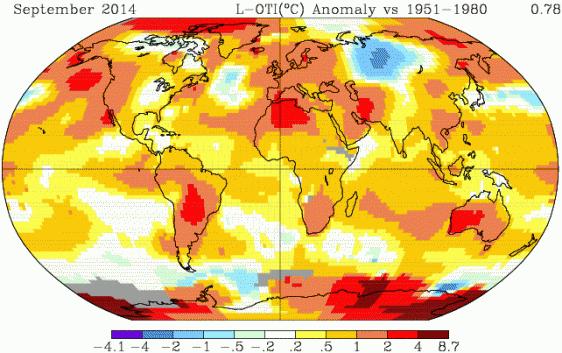
Source: Robert Scribbler

Global temperature anomaly map for September of 2014. Note extraordinary bands of very strong positive temperature anomaly ranging the globe with hottest zones at or near the poles. Image source: NASA GISS
Another hottest month on record for the global climate. And this one is a bit of a doozey.
According to NASA GISS, September of 2014 saw global surface temperatures that were 0.77 C hotter than the 20th Century average. This record beats out 2005 by a rather strong 0.04 C margin and represents the 3rd month in the GISS record for 2014 that was either the hottest or tied for the hottest (May, August and September).
Ocean surface heat and anomalous warmth at the poles were deciding factors for the new September record with very few regions of the global ocean surface showing cooler than average temps and with extraordinary heat at the poles, especially in Antarctica. This southern polar zone experienced average monthly temperatures as much as 8.7 above the global average across a relatively broad zone. Both East and West Antarctica observed this very strong polar amplification with East Antarctica experiencing the peak anomalies.
The zonal anomalies map for September of 2014 showed no latitudinal zone experiencing cooler than 20th Century average conditions. A rather extraordinary feature considering most months show cooler than 20th Century average conditions along at least some latitudes.
Most extreme heating occurred at or near the poles with the 75-80 degree South Latitude zone showing an extraordinary +3.4 C departure from the global norm and the 80-90 degree North Latitude zone showing a strong +1.75 degree positive anomaly.
The only zone showing near 20th Century average temperatures was the heat sink region of 55 to 60 degrees South Latitude in the Southern Ocean. In this climate region a strong storm track combines with an expanding fresh water wedge issuing from melting Antarctic glaciers to force down-welling and atmosphere to ocean heat capture. A heat capture that was alluded to in a recent scientific paper which found the upper Southern Ocean contained between 24 and 55 percent more heat than expected.
This heat sink region, featuring an expanding fresh water wedge has been instrumental in somewhat higher than normal Antarctic sea ice totals. An impact that is, ironically, driven both by Antarctic continental ice melt together with an increasing storminess in the Southern Ocean and waters more heavily laden with salt issuing from the equatorial zone. A highly unstable confluence that results in local surface cooling as the ocean takes a heavy dose from the human riled heat engine.
Conditions in Context
No El Nino yet, despite two warm Kelvin waves and somewhat favorable atmospheric conditions throughout the months of August and September. But sea surface temperature in the Equatorial Pacific region remain somewhat hotter than normal — bending toward the warm side of ENSO neutral. Overall ocean surface warmth, however, was extraordinary throughout September, pushing well above the global average and ranging, in GFS models, from 0.7 C to 1.2 C above the already hotter than normal 1979 to 2000 average.
Overall, three more record or near record hot months would put 2014 in serious contention for hottest year on record (2014 is running 0.65 C hotter than average, the global record is 0.67 C above average for 2010). A rather odd result considering we still see no El Nino and almost every recent hottest year has been spurred on by this powerful atmospheric variability driver. A record hot year in 2014 with no El Nino could well be an indication that the human forcing is beginning to over-ride natural variability and that the ENSO signal, though still very powerful, is becoming more and more muted by an increasingly substantial human heat forcing.
Source: Robert Scribbler
















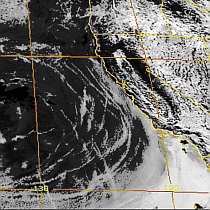













































































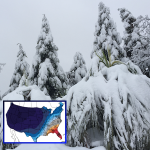




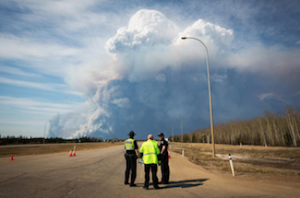









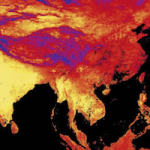
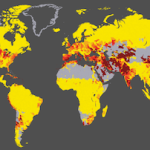










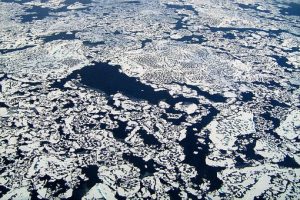















In the meantime the MSM cooked up a story about how the “pause” in warming will last another 30 years. It was beyond absurd. I guess. . . . .Oh, I don’t know what to say. . . Just love those all around you, don’t be petty, Pray for Peace.